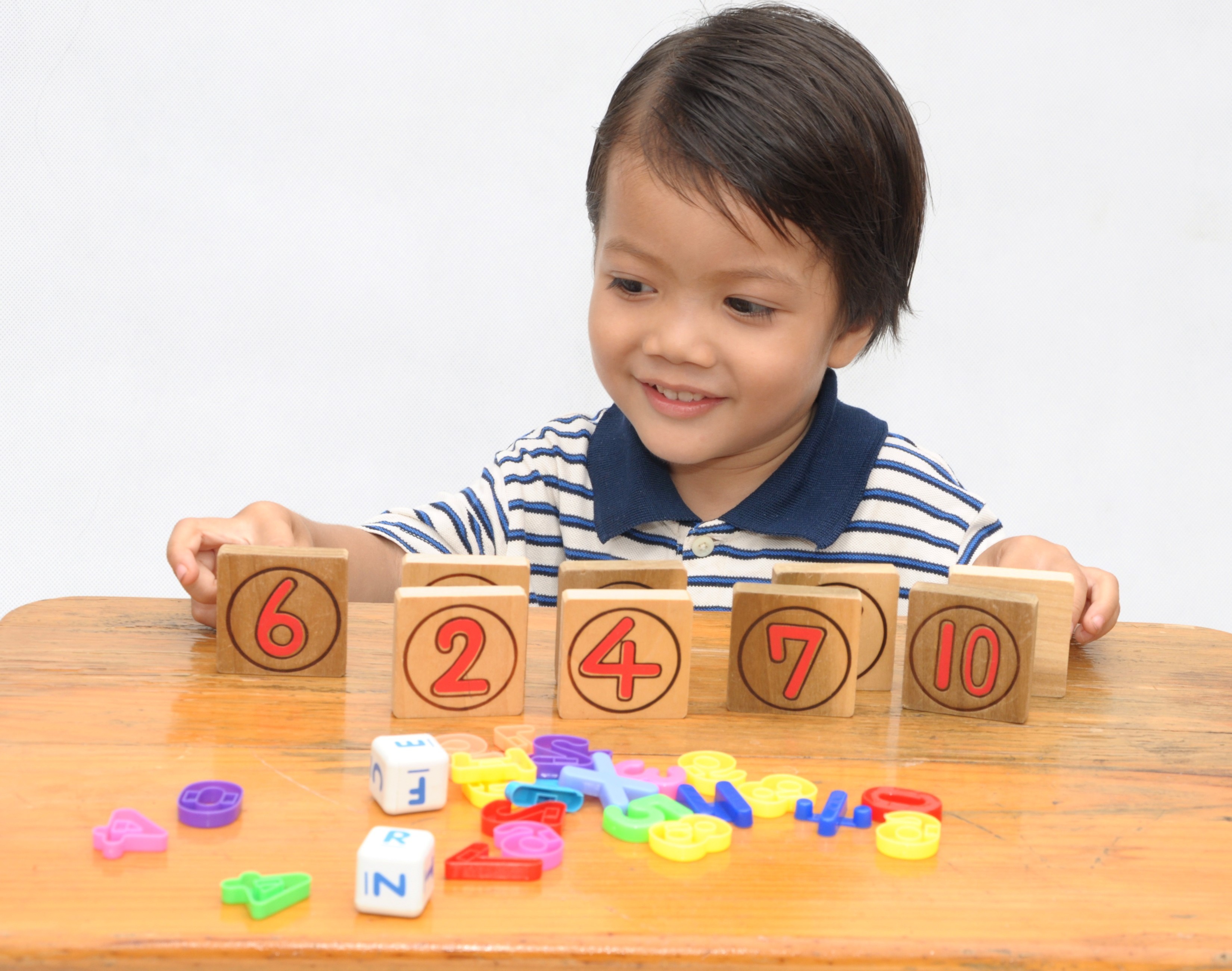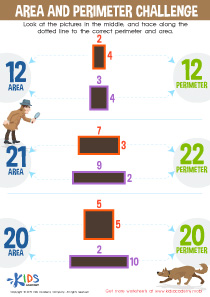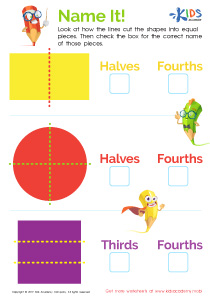Fine Motor Skills Tracing Shapes Worksheets for Ages 3-4
7 filtered results
-
From - To
Enhance your child's fine motor skills with our comprehensive "Fine Motor Skills Tracing Shapes Worksheets" designed specifically for ages 3-4. These engaging worksheets are tailored to improve hand-eye coordination and precision through fun and interactive shape-tracing activities. Perfect for early learners, each worksheet helps children develop essential pre-writing skills, laying a strong foundation for future academic success. With a variety of shapes to trace, your child will not only learn to recognize geometric figures but also build the muscle strength needed for writing. Prepare your young ones for a bright educational journey with our expertly crafted tracing worksheets.
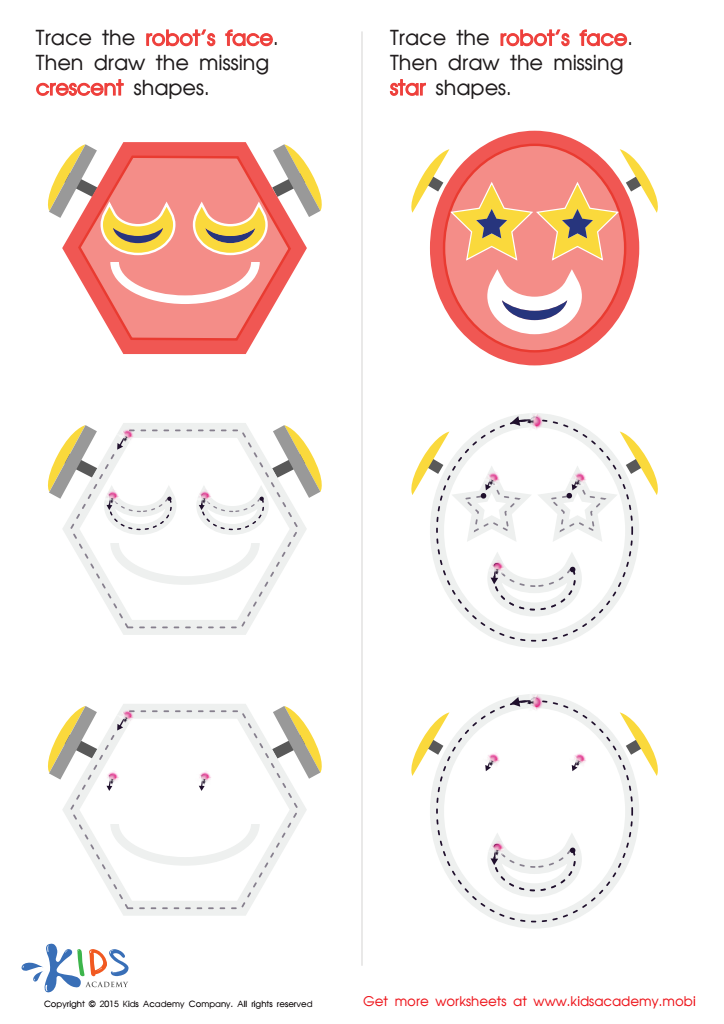

Composing a Robot's Face of Crescents And Stars Worksheet
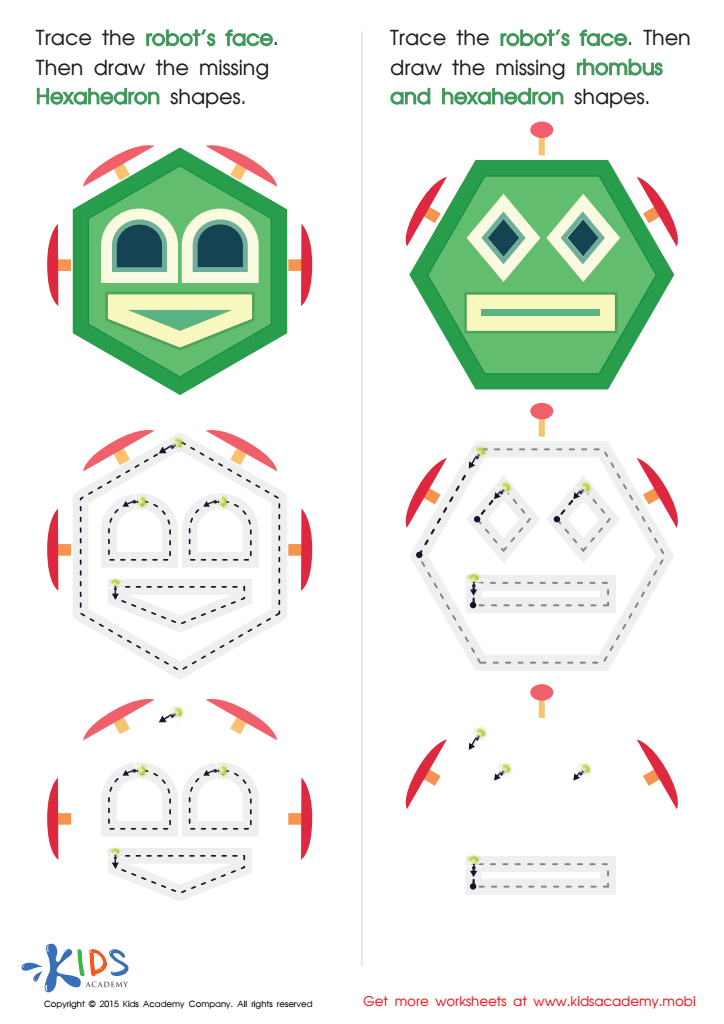

Practice Drawing Hexahedrons And a Rhombus Worksheet


Learning to Draw Crescents And Triangles Worksheet


Let's Learn to Draw Hearts And Stars Printable


Trace and Draw More Shapes Worksheet
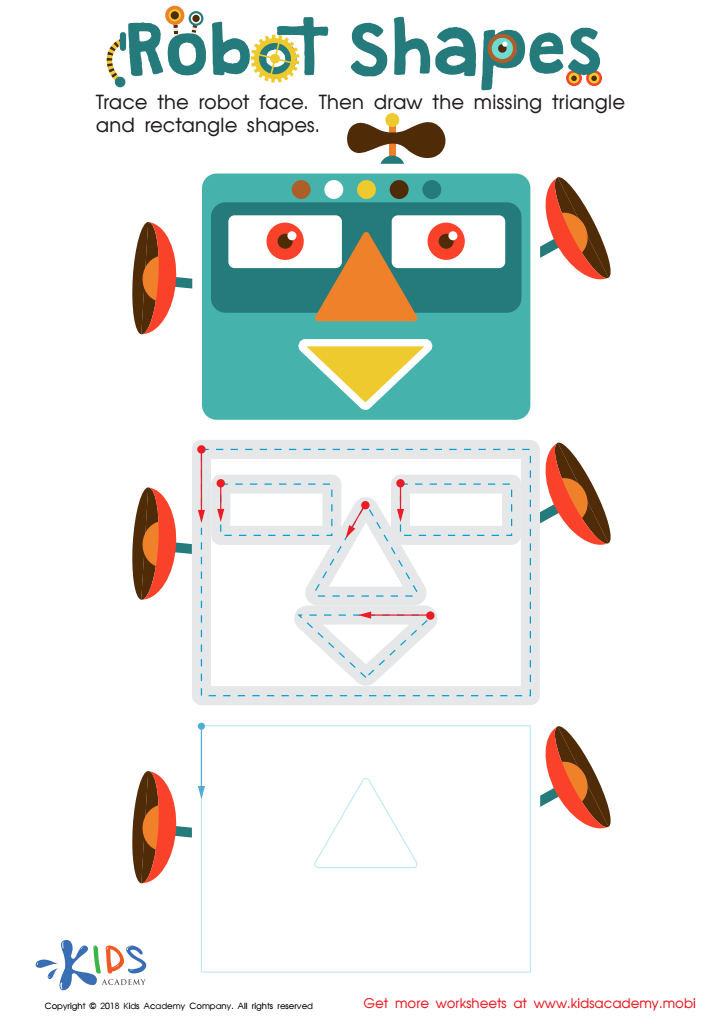

Robot Shapes Worksheet
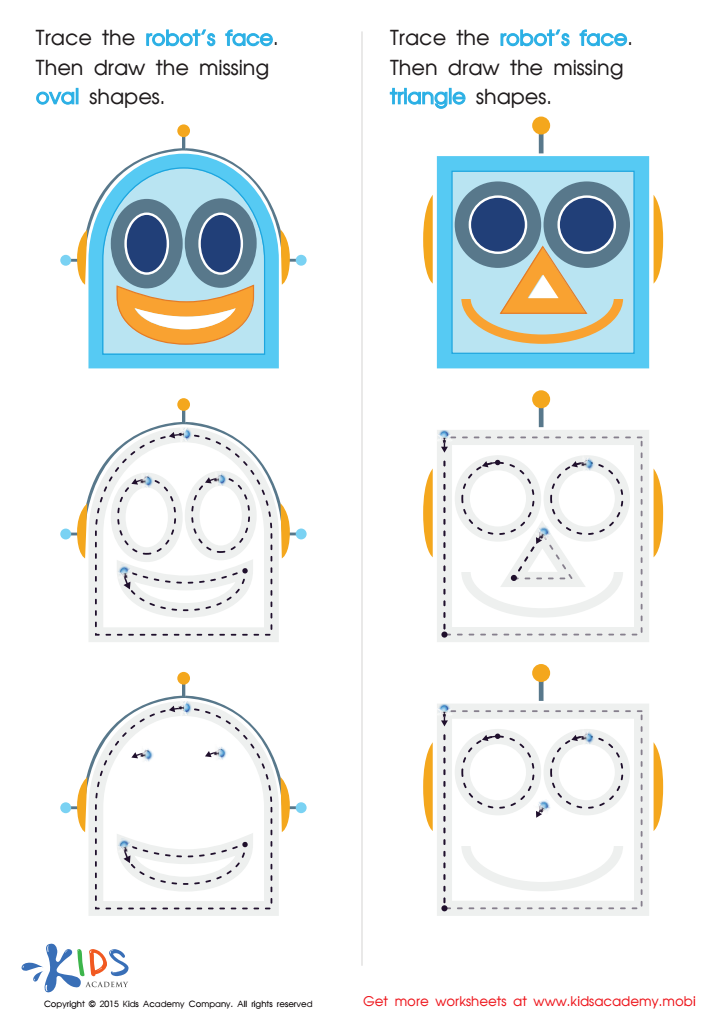

Drawing Ovals And Triangles with Fun Printable
Fine motor skill development is crucial for young children, and tracing shapes between the ages of 3-4 years plays a significant role in fostering these skills. This activity involves the small muscles of the hands and fingers, which are essential for coordinating movements required for later complex tasks like writing, buttoning clothes, and using utensils.
Parents and teachers should care about fine motor skills because they're foundational to a child's educational and everyday success. Tracing shapes helps improve hand-eye coordination, as children must visually track the shape and guide their hands along its edges. This practice enhances their ability to control and manipulate objects with precision.
Additionally, tracing shapes strengthens children's grasp on pencils or crayons, preparing them for future handwriting activities. It introduces basic geometric concepts and spatial awareness, laying the groundwork for mathematical understanding. Moreover, the sense of accomplishment from completing a traced shape builds confidence and encourages perseverance.
Finally, early development of fine motor skills is linked to better outcomes in literacy and numeracy. Investing time and effort into activities like tracing shapes ensures children develop essential skills that support their overall growth and readiness for more elaborate educational challenges. Parents and teachers, thus, have a vital role in providing opportunities for such practices in everyday routines and structured learning environments.
 Assign to My Students
Assign to My Students








